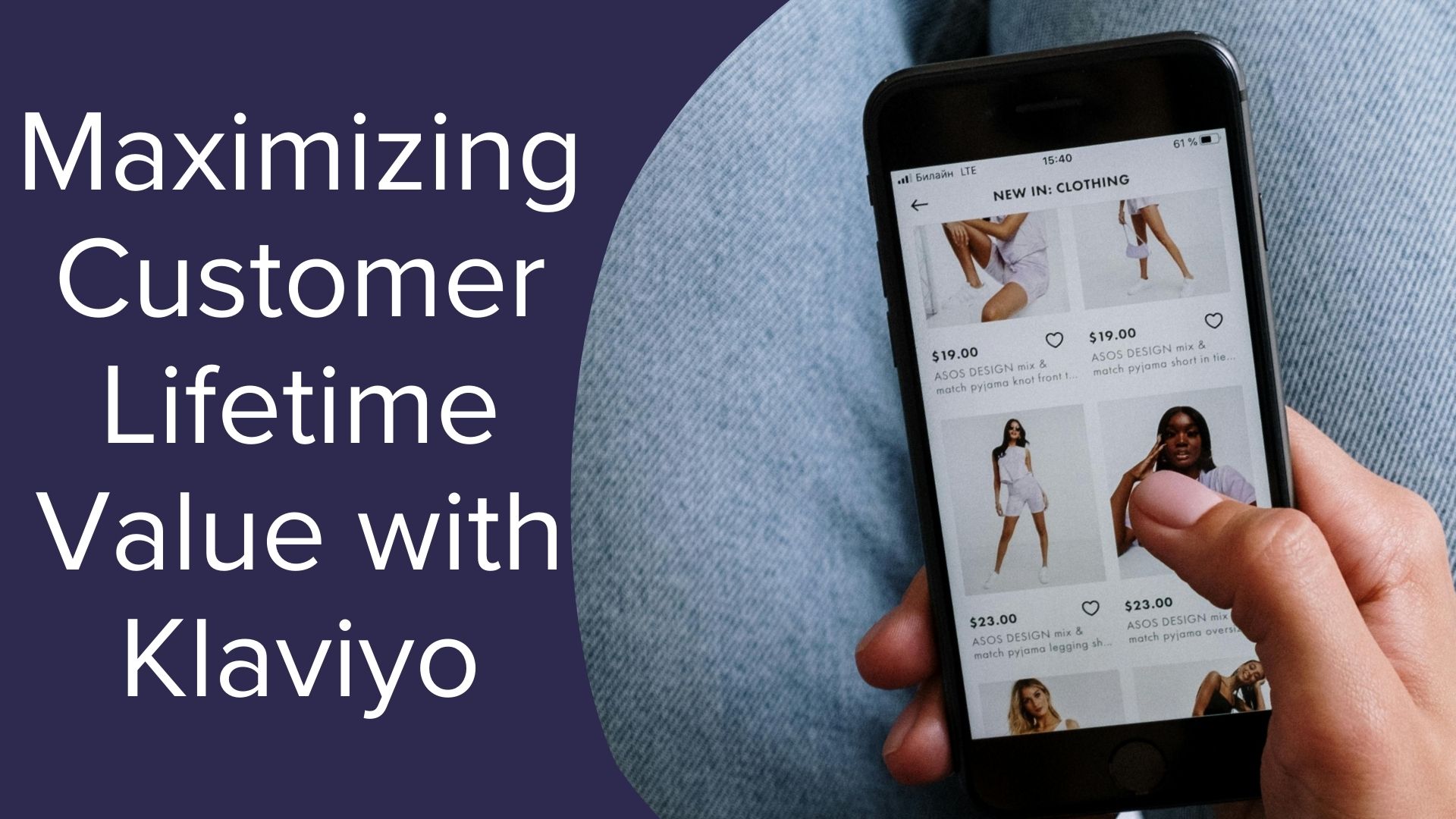The Psychology of Pain and Its Role in Marketing
This psychology also comes into play with our consumer behaviors. We compare a product and apply this psychology to avoid burning hurt by the purchase referred to as buyer’s remorse.
Its role in marketing can be linked to the findings on emotion in consumer behavior [1]:
- fMRI neuro-imagery shows that when evaluating brands, consumers primarily use emotions (personal feelings and experiences) rather than information (brand attributes, features, and facts).
- Advertising research reveals that emotional response to an ad has far greater influence on a consumer’s reported intent to buy a product than does the ad’s content – by a factor of 3-to-1 for television commercials and 2-to-1 for print ads.
- Research conducted by the Advertising Research Foundation concluded that the emotion of “likeability” is the measure most predictive of whether an advertisement will increase a brand’s sales.
- Studies show that positive emotions toward a brand have far greater influence on consumer loyalty than trust and other judgments which are based on a brand’s attributes.
The use of the psychology of pain
The use of pain in marketing isn’t to make people feel so self-conscious that they avoid the problem. It’s to help people identify the pain, deal with it, and come out a better person.
Bad Example:

The pain comes from pointing out being overweight by the use of comparing those individuals to a whale. The pitch? Going vegetarian.
While changing to a vegetarian lifestyle does have many health benefits and will certainly help with losing weight the ad, for Peta, is using pain as a jab which for many will just feel uncomfortable and decide against what they have to offer.
Good Example:

For this ad the pain comes from the very real chance of a child to mistaken chemical cleaners around the home; this is a rational fear and the pain can be felt in the slightest for any parent that had a child go through any sort of pain.
So you see there is a difference and it’s best that you walk a fine line between pushing people’s buttons to the point of anger and instead poke them to create awareness and gain an emotional response that they know will have positive outcomes.
Making it work for you
Before you can put pain into your marketing you should first ask your audience the “why”.
Asking why and listening diligently will reveal the root of their decision and almost every time it will be linked to an emotional; once you know they are doing it for emotion you can use those pain points to reinforce their decision to purchase from your brand.
For example – here could be a normal exchange:
Customer: “Hi, I’m looking for a new computer”
Employee: “May I ask why you’re in the market for one?”
Customer: “Mine is beginning to get slow and I’m due or an upgrade”
Employee: “Oh, why are you doing an upgrade, there are simple way to speed up a computer”
Customer: “I’m heading off for college and want to make sure I have the best for my art classes”
It’s a rather basic example but at the end of it you can get a feeling that this person interested in the challenges of their upcoming classes (a fear); you could then little pain points such as “Oh, yes, that would be demanding and it does seem like you need something new” and then proceed to show them the models in stock.
Once you have this understanding of why you can begin to create better copy and creative for your advertising and marketing campaigns.
- The copy will be able to present a pain and create a jump to the solution by answering that common question that provokes the feeling or idea of pain
- The creative can reflect the feeling of pain (seen often with headache commercials) which creates the visual experience and emotional reaction which have them seeking for answers
—
In all, the use of pain in marketing can be sensitive and hard to balance but it is very effective when used correctly. We already know people predominantly purchase based on an emotional response; poking their pain point to help them become aware of the issue and see there is a solution could be what’s been needed in your campaigns. It’s worth a split test, right?
Image by agnesliinnea




